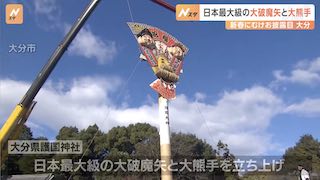Jul 01 (Ruptly) - Japanese researchers said they came to a conclusion that a 3,000-year-old skeleton belonged to the earliest known human who suffered a shark attack, as seen in footage filmed in Kyoto University on Wednesday.
The skeleton, nicknamed Tsukumo 24, was discovered in the 1920s at the Tsukumo shell mound in Okayama.
Baffled by the extent of the injuries, which include a missing hand and leg, as well as at least 790 tooth marks that reach the bones, a team of Oxford-led scientists launched a probe into the possible causes of death.
"Although we can not say exactly when and how this attack occurred, I guess that this man was fishing in a canoe in deep water," said Masato Nakatsukasa, a professor at Kyoto University.
Nakatsukasa explained how researchers came to realise that the bite could not possibly have inflicted by a mammal which would have left different marks.
"So after we identify the cause of these scars we wanted to know how this damage is distributed all over the skeleton, so as to understand how the attack happened, so we mapped the position and the size of the scars on the virtual 3D and skeletal model using the GIS technology," continued Nakatsukasa.
The immaculate condition in which the skeleton was found is the reason why researchers were able to make such precise guesses.
Soon after being attacked, Tsukumo 24's body was buried in a shell mound, according to funerary practices of the Jomon culture.














